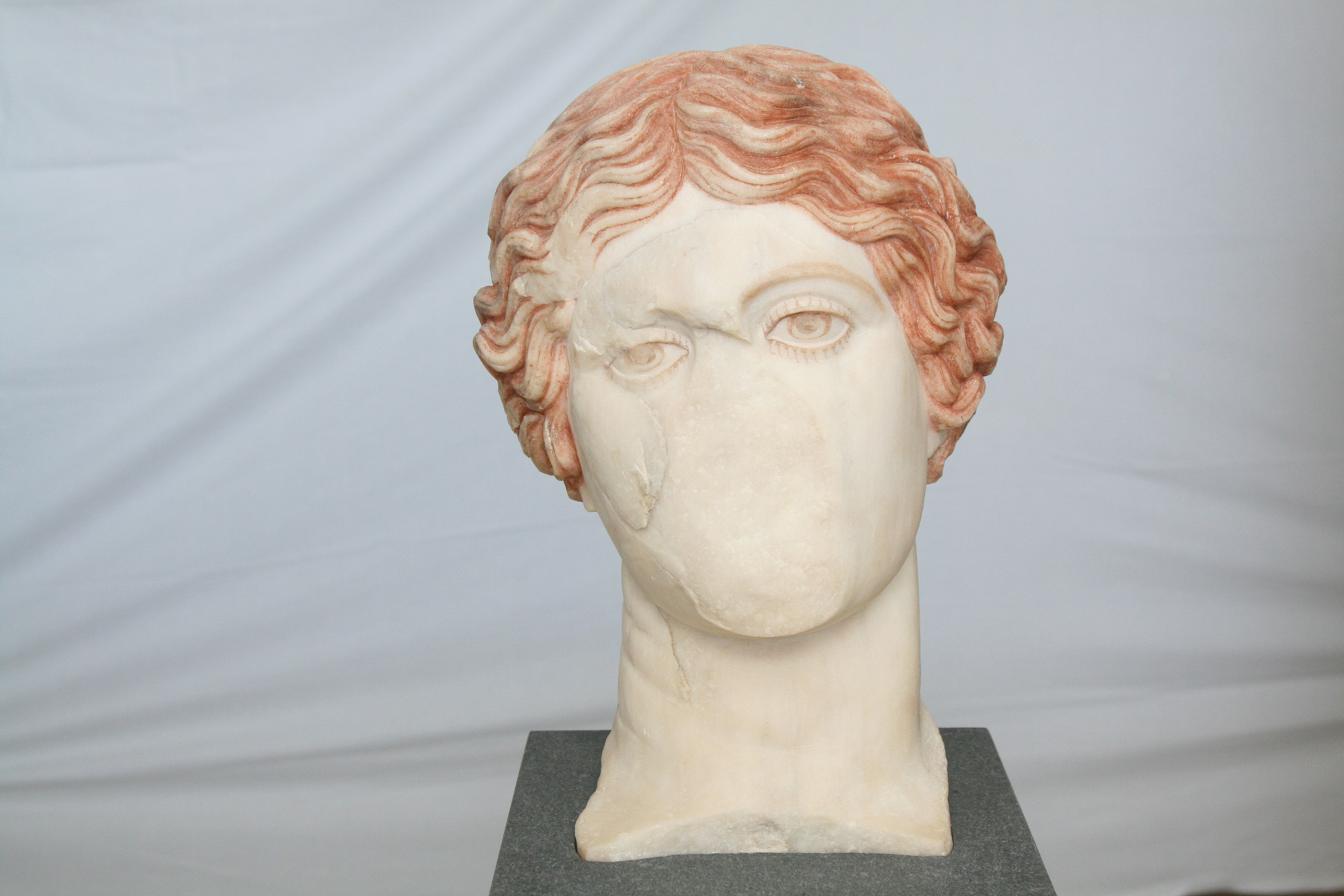Negotiating Avebury Project
Reaching out from Avebury like tendrils were sinuous avenues of paired standing stones that spread out into a landscape remarkable for the dynamism, scale and density of monumental construction.
Continue reading →

